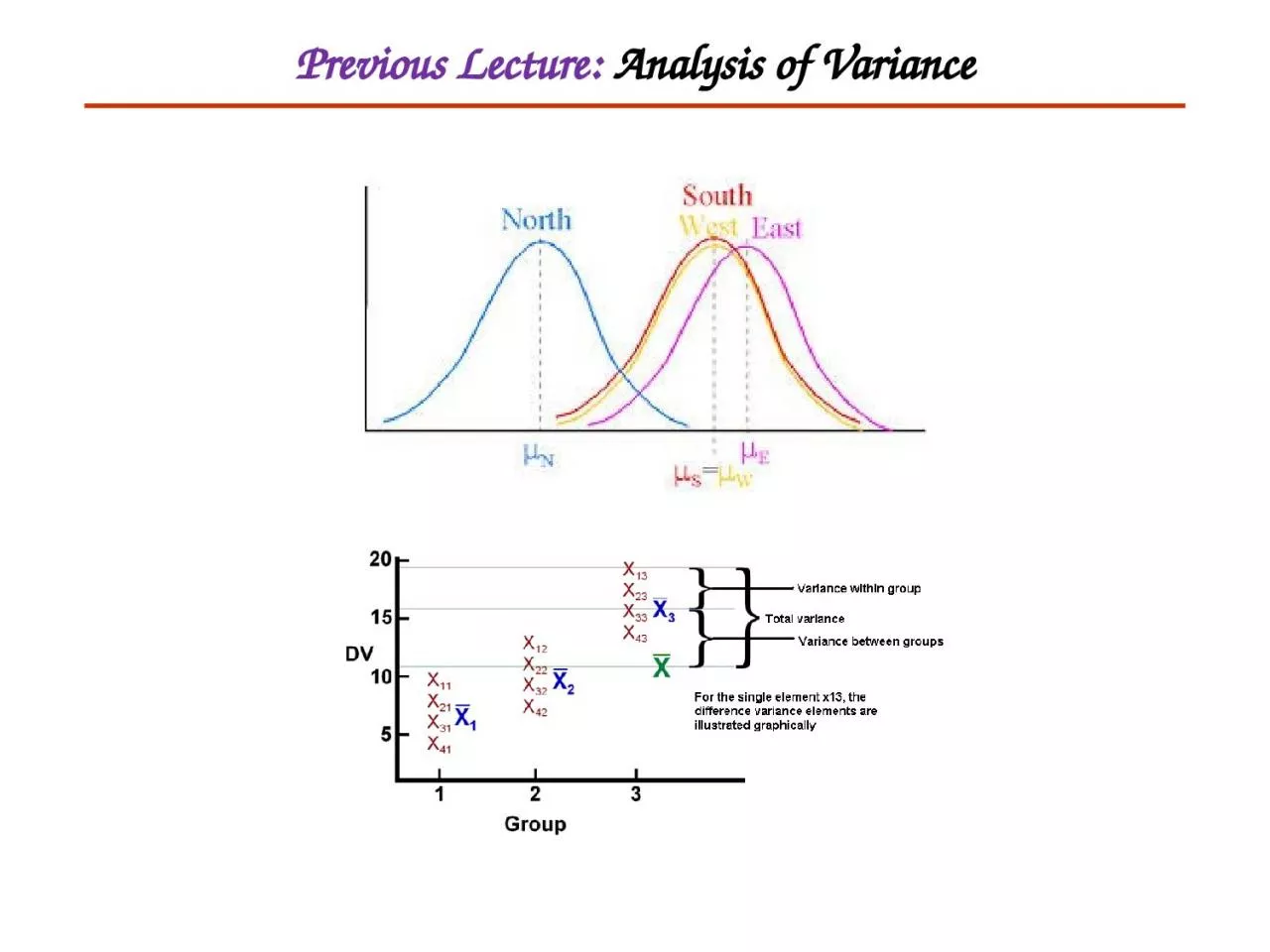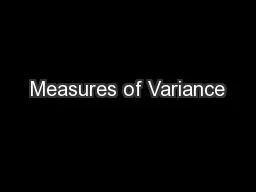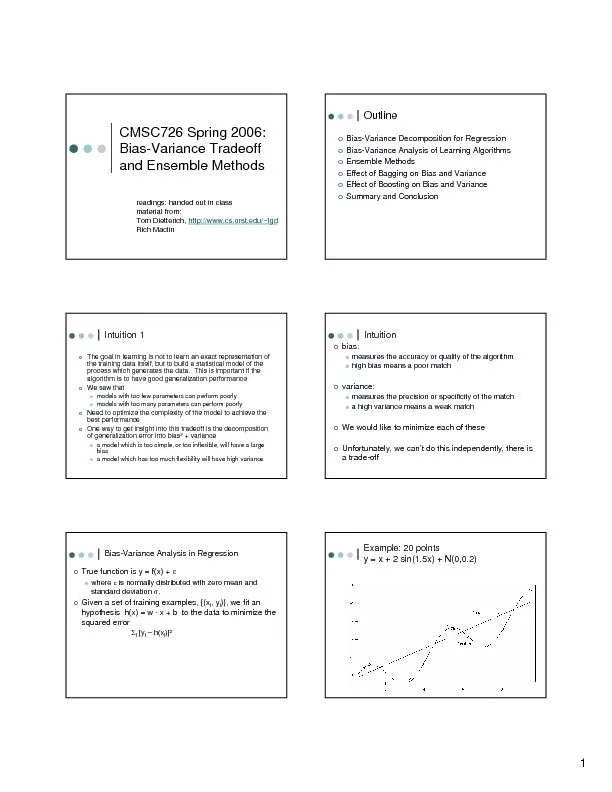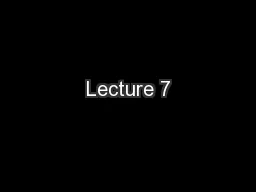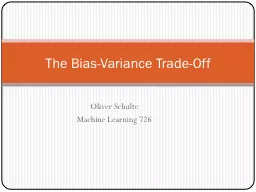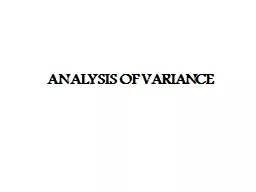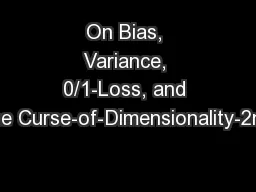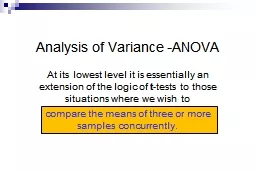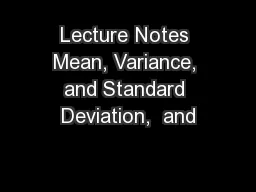PPT-Previous Lecture: Analysis of Variance
Author : stella | Published Date : 2024-03-13
Categorical Data Methods This Lecture Judy Zhong PhD Outline Categorical data Definition Contingency table Example Pearsons 2 test for goodness of fit 2 test
Presentation Embed Code
Download Presentation
Download Presentation The PPT/PDF document "Previous Lecture: Analysis of Variance" is the property of its rightful owner. Permission is granted to download and print the materials on this website for personal, non-commercial use only, and to display it on your personal computer provided you do not modify the materials and that you retain all copyright notices contained in the materials. By downloading content from our website, you accept the terms of this agreement.
Previous Lecture: Analysis of Variance: Transcript
Download Rules Of Document
"Previous Lecture: Analysis of Variance"The content belongs to its owner. You may download and print it for personal use, without modification, and keep all copyright notices. By downloading, you agree to these terms.
Related Documents

